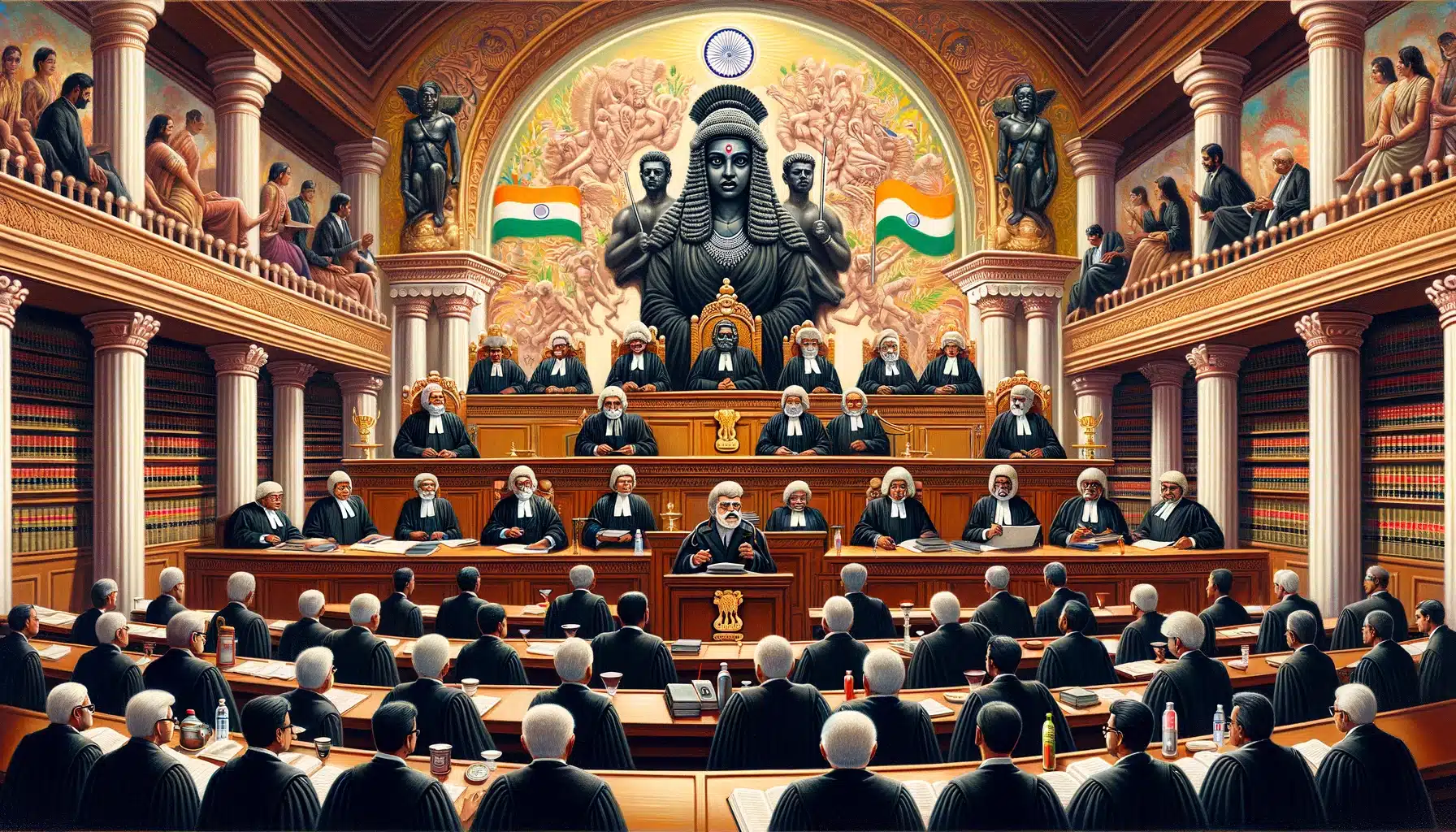This case deals with section 42(1) of the Income Tax Act, 1922 (IT Act) and the Court is entitled to lift the corporate entity if the entity is used for tax evasion or to circumvent tax obligation.

Legal AI that cites and formats correctly
Citation: 1967 AIR 819 1967, SCR (1) 934
Date of Judgment: 25th October, 1966
Court: Supreme Court of India
Bench: V. Ramaswami (J), J.C Shah (J) and Bhargava Vishishth (J)
Case details: Civil Appeal No. 3578 of 2005
Facts
- In Madurai, there were three businesses company that were producing and marketing yarn. Each of these firms has a branch in Pudukottai, where they create and sell cotton yarn. The proceeds from the sales in Pudukottai were consistently deposited into the Madurai Bank Ltd. branch located in Pudukottai. The majority of the bank’s shares were owned by Thyagaraja Chettiar, then chairman of bank, his two sons, and the three assessee firms together.
- These three assessee firms took out a loan from the bank’s Madurai office, guaranteeing it with fixed deposits from their Pudukottai branches. But the loans made to the assessed businesses exceeded the loans which were much more than Pudukottai’s available profits. Appellate Assistant Commissioner of Income Tax received an appeal from the corporations.
Decision of Appellate Assistant Commissioner of Income Tax
Appellant Assistant commissioner discovered that the deposits from the assessee companies and closely linked companies account for a sizeable amount of the bank’s overall deposits after examining the structure of the companies and the bank. The deposit and overdraft numbers were also observed and noted that the Pudukottai branch of the bank were primarily dealing with fund collection and weren’t having many other notable transactions.
Therefore, in accordance with section 4 of the Income-tax Act, the Appellate Assistant Commissioner concurred with the income-tax Officer’s determination that the borrowings in British India, which were backed by the fixed deposits made at Pudukottai, amounted to a constructive remittance of the profits by the assesses’ companies’ Indian branches to their head office. The assessees filed an appeal with the Tribunal, which pointed out that the Bank’s assessor’s branch was only one unit and that its creation was intended to support Thyagaraja Chettiar’s financial operations concerning the subjects of his interest.
After getting the details, appellate assistant commissioner noted that the Pudukottai branch of the Bank had no other riling transactions except the collection of funds and on the facts found Section 42(1) of the IT Act applied to the case, so they believed that the assessee companies should be aware of the activities of their Pudukottai branches, including the remittances sent from the Pudukottai branch to the Madurai head office and so therefore tribunal concluded that the entire set of transactions was part of a planned arrangement or scheme.
Decision of the Madras High Court
High court stated that there was no proof of an agreement between the assesses and the Bank, either in Pudukottai or Madurai, for the transfer of funds from both branches. There was nothing to suggest that the money put into branch fixed deposits was meant to be moved to head office and then used to lend the money to the depositor. Rather, the exchange with the intention of giving the assesses advance payment. The court noted that commissioner’s appeals have to be granted.
Decision of the Supreme Court
The Court addressed section 42(1) of the IT Act[1], via asserting Wadia case[2] and noted that, as a result, this clause mandates that,
- Primarily any money should have been lent outside of the taxable territory at interest,
- Secoundly the money must be lent at interest and produce income, profits, or gains;
- In the third place, the money must be carried into the taxable areas in cash or in kind.
These clauses states that the interest will be treated as income accruing or arising inside the taxable regions if all of these requirements are met.
The Court additionally noted that it is well-established that the income-tax authorities have the right to go behind the corporate veil and examine the transaction’s reality in a matter of this nature. It is true that the corporation has a legal personality that is completely separate from its members from a legal standpoint. It can also have rights and obligations that are different from those of its members. However, in some very rare circumstances, the Court may pierce a corporate entity’s veil and take into account the economic realities that lie beneath the legal framework.
[1] The Income-tax Act, 1922.
[2] A.H. Wadia v. Commissioner of Income-Tax, (1949)51BOMLR287.


